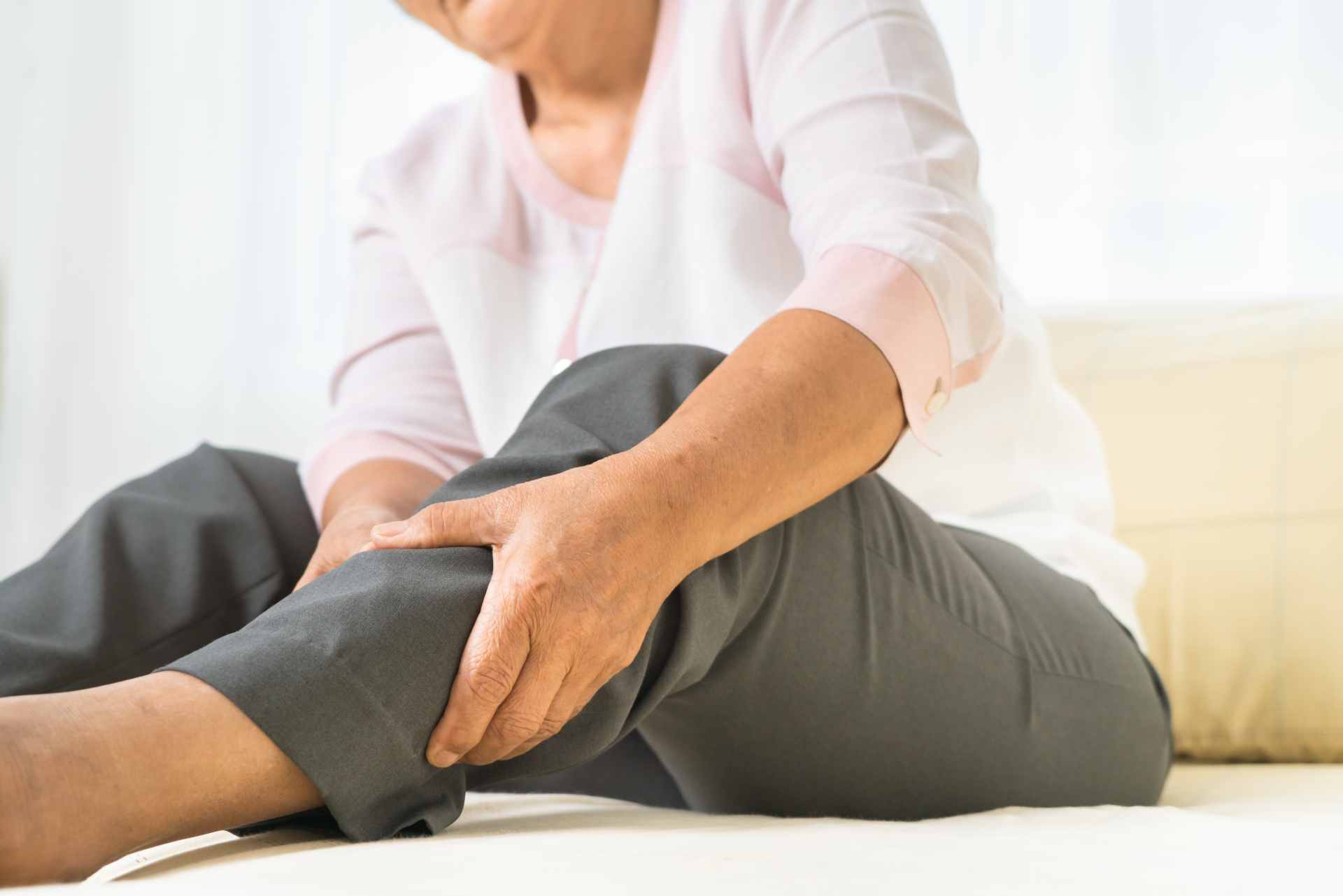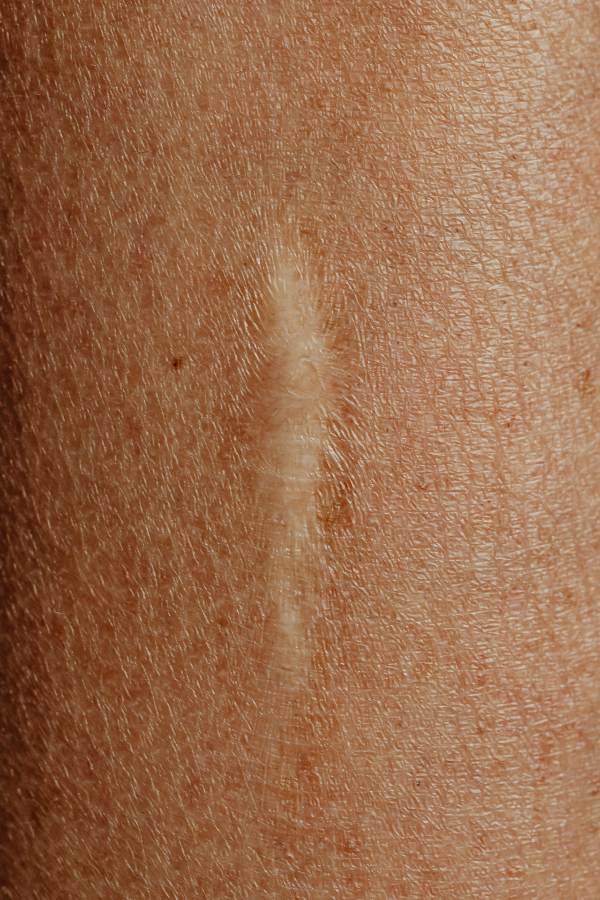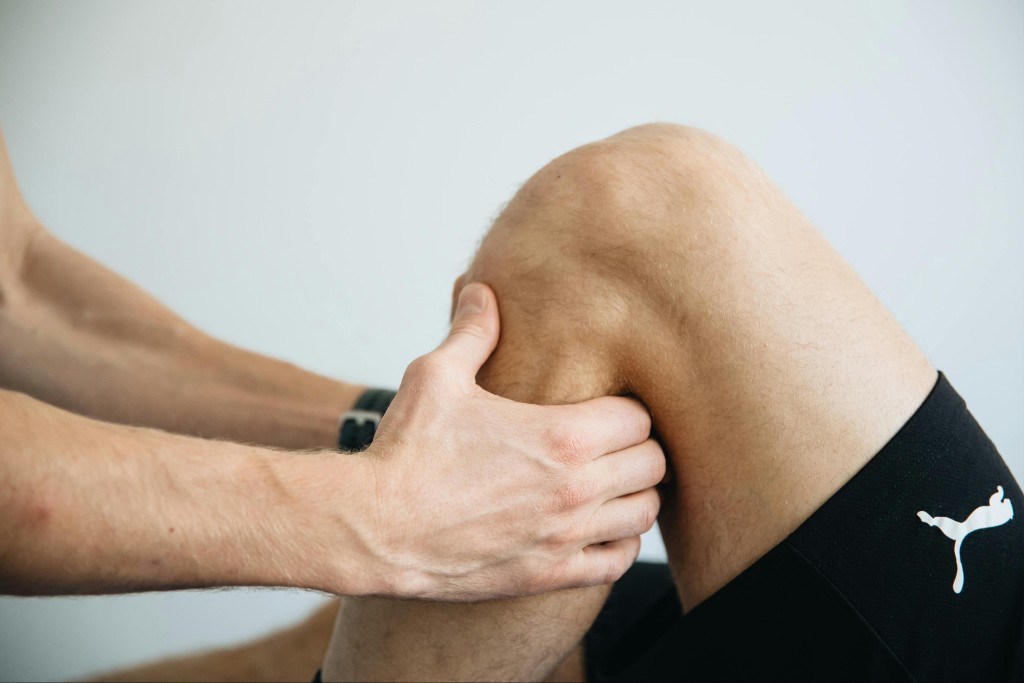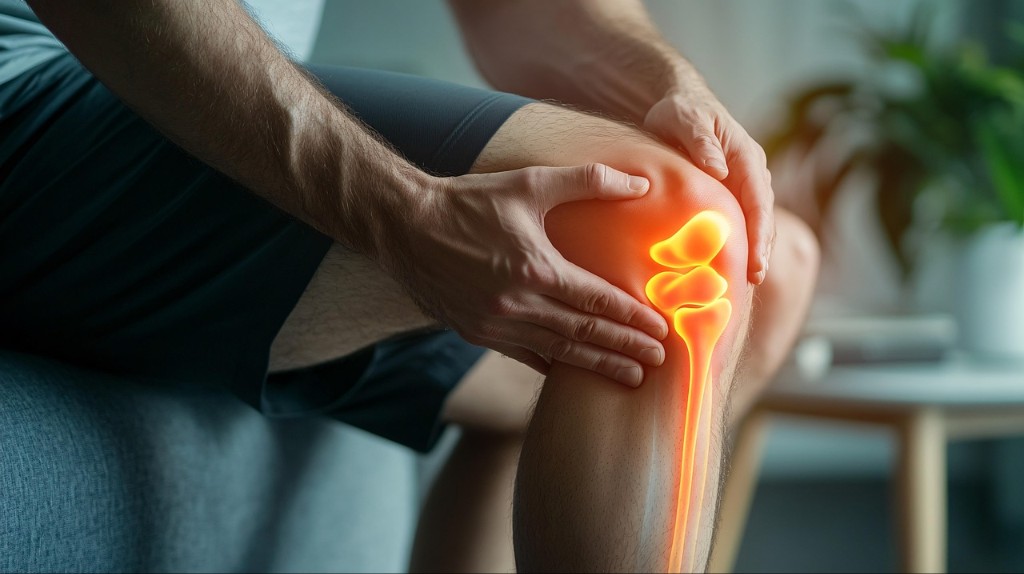Have you ever felt a sharp pain behind your knee when you try to straighten your leg? It can be a frustrating and worrying experience. This pain can arise from several common causes, and the good news is there are treatment options available to help you feel better and get back to enjoying life.
This blog will explore the reasons behind knee pain when straightening your leg, different treatment options, and how to prevent future problems.
Common Causes of Pain in Back of Knee When Straightening Leg
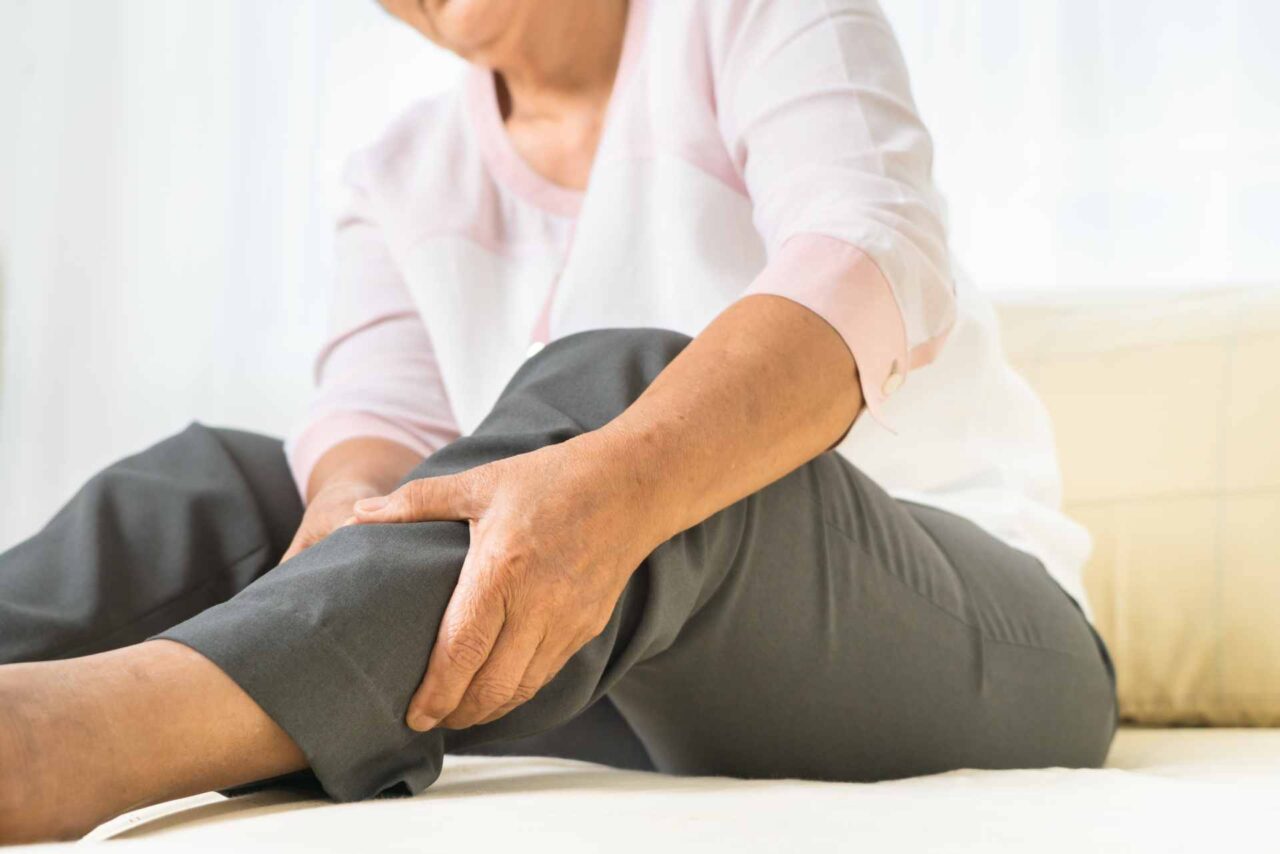
If you’re feeling pain in the back of your knee, several conditions could be the culprit. Let’s explore a few:
- Baker’s cyst: This fluid-filled sac behind the knee can put pressure on surrounding nerves, causing pain. It often arises from other knee problems like arthritis.
- Hamstring injuries: These involve strained or torn muscles in the back of your thigh, which can limit knee movement and cause pain when straightening.
- Knee arthritis: When cartilage in the knee joint breaks down, it can lead to stiffness, pain, and difficulty straightening the leg.
- Popliteal bursitis: Inflammation of a bursa (fluid-filled sac) behind the knee can cause pain and tenderness, especially when bending or straightening the knee.
- Meniscus tear: The meniscus is a C-shaped cartilage that cushions the knee joint. A tear can cause pain, clicking, and difficulty straightening the knee fully.
- ACL Injury: The anterior cruciate ligament (ACL) is crucial for knee stability, and injuries here can cause severe pain and swelling.
- Tendonitis: Inflammation of the tendons that connect the hamstring muscles to the knee bone can cause pain when straightening the knee.
Remember, this list isn’t exhaustive. If you’re experiencing pain, it’s crucial to see a doctor or physiotherapist for a proper diagnosis to determine the best course of treatment for you. They may use techniques like physical examinations, X-rays, or MRI scans to pinpoint the source of the problem.
New Patient Special
Try SoftWave for just $69 at a clinic near you. No drugs. No surgery. Just relief.
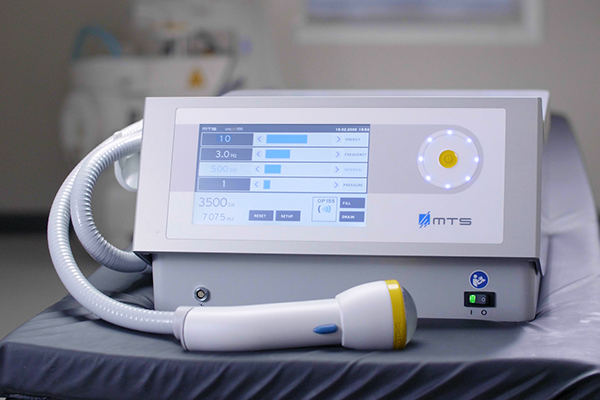
Treatment for Pain in Back of Knee When Straightening Leg
Pain in the back of the knee when straightening your leg can range from a mild annoyance to severe discomfort that disrupts your daily activities. Understanding the intensity and nature of your pain is crucial in choosing the right treatment. Fortunately, there are a variety of treatments available that can help alleviate your symptoms and improve knee function.
Home remedies
When experiencing pain, you can start with simple home remedies such as:
- R.I.C.E. (Rest, Ice, Compression, Elevation): This method helps reduce swelling and pain.
- Over-the-counter pain relievers: Medications like ibuprofen can reduce pain and inflammation.
- Mild stretching exercises: Gentle stretches can improve flexibility and reduce tension in the knee.
Physical therapy
A physical therapist can design a personalized exercise program to strengthen the muscles around your knee joint, improve flexibility, and restore proper knee mechanics. This can significantly improve your pain and range of motion.
Medications
Your doctor might prescribe anti-inflammatory drugs or stronger pain relievers depending on the severity of your pain.
SoftWave Therapy
This innovative, non-invasive treatment uses broad-focused shockwaves to target the source of knee pain. SoftWave Therapy promotes healing by increasing blood flow, reducing inflammation, and stimulating tissue repair. It’s a safe and effective option for many people experiencing knee pain.
Corticosteroid injections
Injections of cortisone, a powerful anti-inflammatory medication, can provide quick relief from severe pain and inflammation. However, these injections are typically used for short-term relief and may not be suitable for everyone.
Surgical options
If conservative treatments haven’t helped, surgery like arthroscopy might be considered. Arthroscopy involves using a tiny camera and surgical tools to diagnose and treat knee problems through small incisions.
Preventing Future Pain in the Back of Knee
Once you’ve addressed the cause of your knee pain, there are steps you can take to prevent it from coming back:
- Maintain a healthy weight: Excess weight puts extra stress on your knees.
- Stay active: Regular exercise strengthens the muscles that support your knees and improves flexibility. Low-impact exercises like swimming or cycling are excellent choices.
- Stretch regularly: Keeping your hamstrings and calves flexible helps maintain good range of motion in your knee.
- Wear proper footwear: Supportive shoes with good arch support are essential for activities that put stress on your knees.
- Listen to your body: Don’t push through pain. Take breaks during activities and rest when your knee feels sore.
By understanding the causes of pain in the back of your knee and exploring the treatment options available, you can take control of your knee health and get back to enjoying an active life. Remember, you’re not alone in this journey – there are effective treatments and preventive measures to help you feel your best.
The Best Shockwave Therapy for Knee Pain
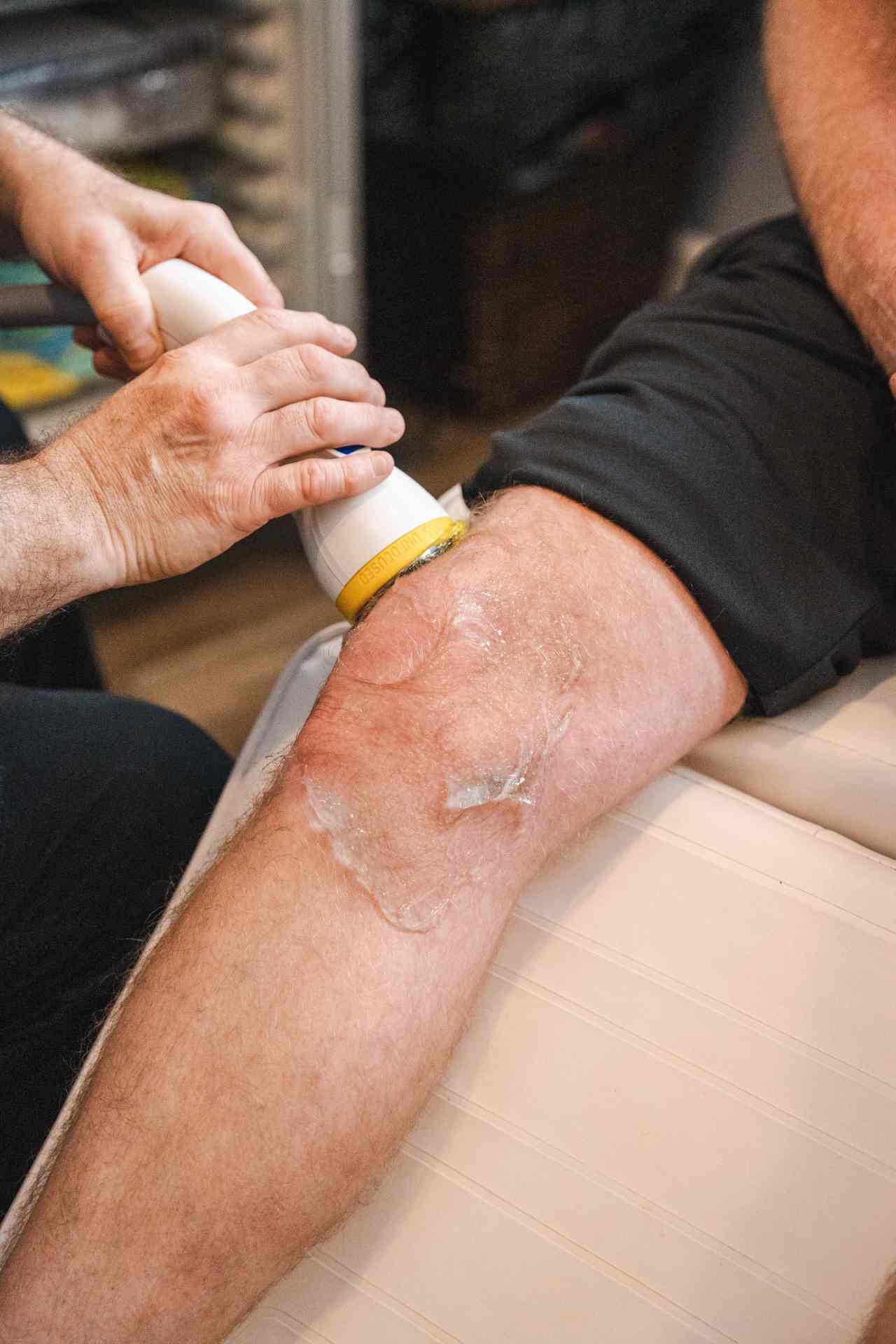
Are you looking for safe, reliable, and effective relief from knee pain?
SoftWave therapy is FDA-cleared, patented, and nationally recognized for its leading tissue regeneration technology. Unlike other types of high-energy shockwave treatments, SoftWave is the only shockwave therapy on the market that uses true broad-focused shock waves that treat larger and deeper areas of tissue.
Thousands of patients have experienced the benefits of SoftWave for knee pain, including:
- Little to no side effects
- Short treatment time
- Quick recovery
- Long-lasting results
Find a SoftWave Therapy provider near you or learn more about SoftWave and whether or not you’re eligible for full treatment today!
New Patient Special
Try SoftWave for just $69 at a clinic near you and learn if you’re a candidate for full treatment


